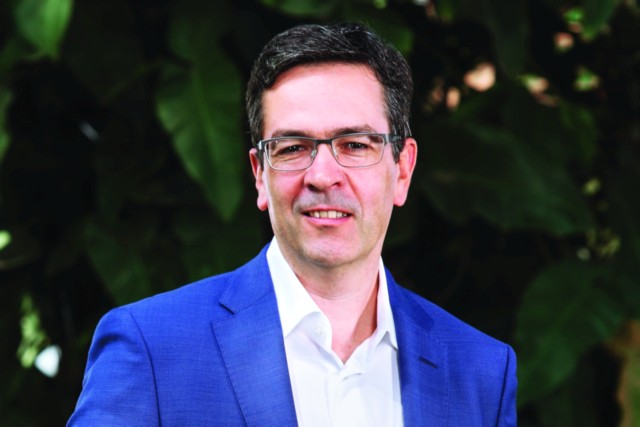
Ahead of the 2018 FISITA World Automotive Congress, we had an opportunity to interact with Jan-Oliver Röhrl, Chief Technical Officer and Director, Bosch Limited, about future powertrain solutions that could help tackle the ticking time-bomb of emissions.
Interviewed by: Jim Gorde
Car India (CI): Mercedes-Benz are set to introduce a diesel-hybrid C-Class, marking a return to production of the diesel-electric hybrid powertrain. What sort of components and solutions do Bosch have to offer the potential new generation of 48-volt diesel hybrids?
Jan-Oliver Röhrl (J-OR): The future of hybrid powertrains is promising in the country due to the upcoming electrification of public and private vehicles and the growing awareness about reducing emissions. India’s unique driving and road conditions make it harder for completely electrified vehicles to gain mass adoption quickly, so hybrid vehicles represent a reliable stepping stone.
Hybrid technology is gaining vast importance as it helps save fuel consumption and reduce carbon dioxide outputs by 35 per cent. The core component of Bosch’s hybrid system includes electric drives and the inverters. Bosch offers the 48V Boost Recuperation System (BRS) for mild hybrids.
A particularly strong generator supports the engine at low speeds or during acceleration by working as a motor. This electrification measure alone can reduce fuel consumption. In real driving conditions with the coasting function that shuts off the engine, additional reductions of up to 10 per cent are possible. The system can thus help to meet strict emission standards in the compact class.
As diesel is still a popular fuel option in the country, diesel-hybrids represent an attractive option for a large percentage of Indian buyers.
CI: Specific to the areas of power electronics, what sort of integration of diesel combustion engine with electric motor can we expect to see? Can the Bosch eAxle be used with a smaller battery pack together with a combustion engine working as a generator? Like a plug-in hybrid, perhaps?
J-OR: There is already a mainstream architecture in place for the performance output of 48V hybrids in the market. In this, the electrical motor is integrated with the auxiliary drive of combustion engines. There is no reason to change this architecture as it works effectively. It allows for smooth engine start/stop/idling and also enables recuperation and boosting of the engine. However, one drawback here is that the maximum torque is limited to the belt. This is something that can be improved. By integrating with the electric motor, four potential architectures have already been proposed. These are: P1 – electrical low speed for parking, P2: electrical generator is installed between the clutch and the gearbox, P3: electrical generator is installed after the gearbox, and P4: electrical generator is installed at the eAxle. By resorting to these advanced architectures, there will be no limitation to the torque in the future. Other benefits such as reducing CO2 emissions, better comfort, and eDrive assistance can also be delivered.
CI: In terms of emission control, the recent breakthrough Bosch announced involved using selective catalytic reduction (SCR) with a heated catalyst. Which components are at the forefront of this development and what sort of improvements can we expect to see over existing systems?
J-OR: The technological solution developed by Bosch involves a highly responsive airflow management system for the engine, including the use of a further optimized turbocharger and a combination of high- and low-pressure exhaust-gas recirculation, as well as an active SCR [Selective Catalytic Reduction] on DPF [Diesel Particulate Filter] catalyst and passive downstream SCR catalyst. In addition, Bosch have also developed a sophisticated thermal management system for the diesel engine to help keep exhaust gases and equipment in a temperature range that helps optimize emission reduction over a wide range of driving and environmental conditions. An externally heated catalyst, for example, in combination with a 48V Board net was not used.





















Leave a Reply